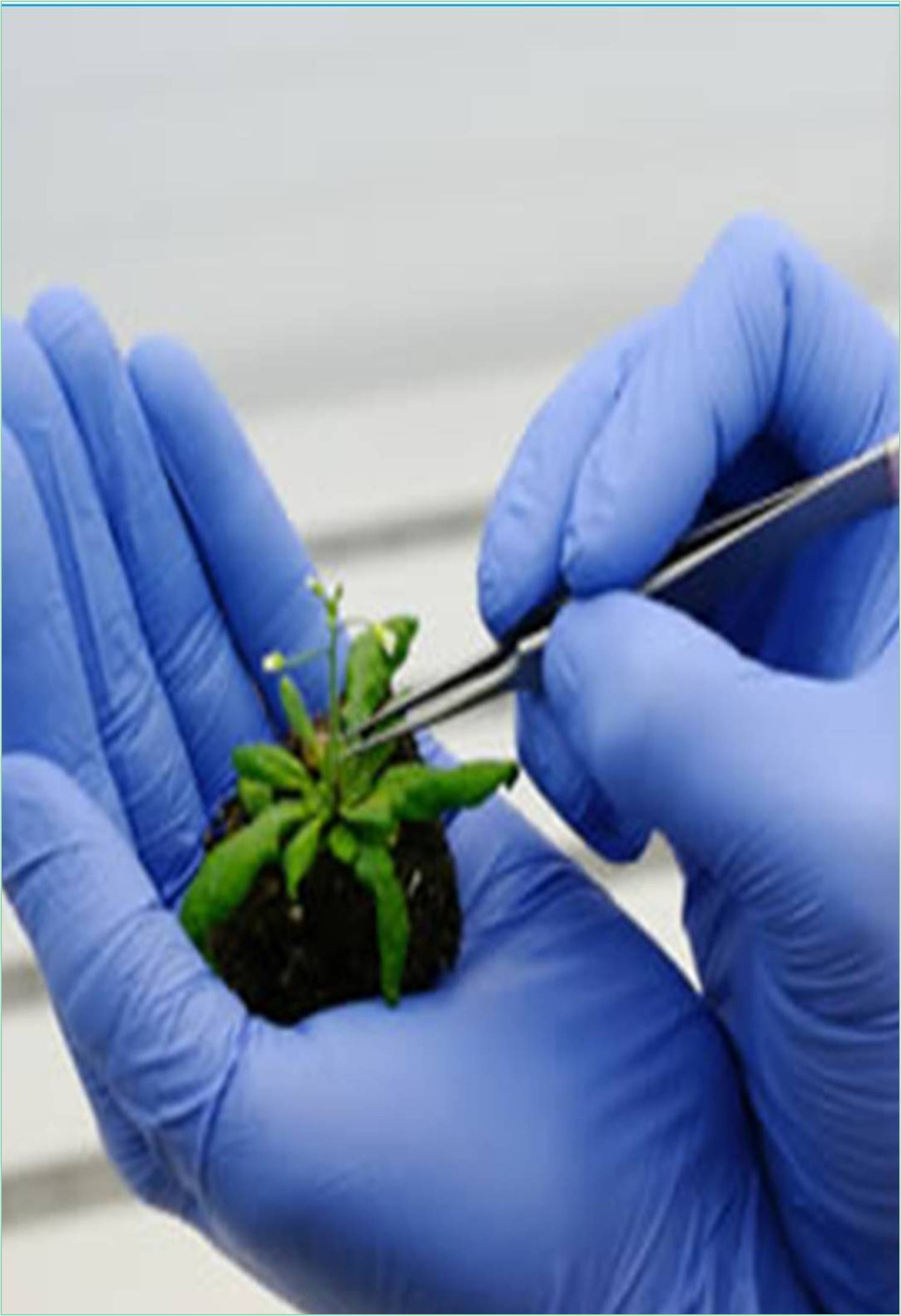



Received: 01-Jul-2022, Manuscript No. GJBB-22-74411; Editor assigned: 04-Jul-2022, Pre QC No. GJBB-22-74411 (PQ); Reviewed: 18-Jul-2022, QC No. GJBB-22-74411; Revised: 25-Jul-2022, Manuscript No. GJBB-22-74411 (R); Published: 02-Aug-2022, DOI: 10.15651/GJBB.22.10.042
Embryo culture is a type of plant tissue culture that uses a nutritional media to develop embryos from seeds and ovules. In embryo cultivation, the plant develops directly from the embryo or indirectly through callus formation and subsequent shoot and root formation. Isolating and cultivating an immature or mature zygotic embryo under sterile circumstances on an aseptic nutrition medium with the purpose of producing a viable plant is the goal of embryo culture. The underlying concept of this procedure is that the integrity of the hybrid genome is preserved in a developmentally arrested or abortive embryo, and that the embryo's ability to restart normal growth can be realised provided the appropriate growth ingredients are supplied. The procedure is based on safely isolating the embryo, creating a proper nutrient media, and encouraging sustained embryo-genic growth and seedling production.
Immature embryo culture is utilized to save embryos that might otherwise abort or do not proceed through the ontogeny sequence. The painstaking dissection required and the intricate nutritional media needs make this technique tough. The success of this culture is heavily dependent on the developmental stage of the embryo when it is isolated. The culture of developed embryos from matured seeds is used to remove seed germination inhibitors or to shorten the breeding cycle if dormancy is an issue. This culture is basic, requiring only a simple nutritional medium of agar, sugar, and minerals.
Several precautions are taken to cultivate embryos in aseptic circumstances. The working environment has been sterilized. Scalpels, needles, forceps, and other instruments are flamed after being immersed in 70% alcohol. The fruit is surface sterilized for 15 minutes with alcohol, calcium hypochlorite, or sodium hypochlorite solution, and then thoroughly rinsed with double distilled water.
The fruit is cut open, and the ovule or seed is extracted using sterile forceps and placed on a sterile petridish. The embryo is removed once the seed or ovule is cut open. Under aseptic conditions, the removed embryo is immediately placed on the nutrient medium of a culture vial.
Nutrient Medium of Embryo Culture
A growing embryo's dietary requirements gradually decrease while its biosynthetic capacity gradually grows. As a result, the composition of the culture media will be determined by the stage of the embryo to be cultivated.
Inorganic media alone is insufficient for cultivating immature embryos (heteromorphic phase). Organic substances, such as yeast extract, malt extract, sugar, and so on, should be added to such a medium. Differentiated embryos are easier to cultivate. Because they can synthesise the majority of the chemicals required for growth, such embryos can grow on culture medium containing simply mineral salts and sucrose. This is known as the autotrophic phase.
Stage of Embryo
Globular or post-globular embryos are grown in medium enriched with coconut milk, yeast extract, casein hydrolysate, or growth hormones such as auxin, cytokinin, gibberellin etc.
In most cases, preglobular embryos do not develop in culture or generate unorganised callus tissue. This implies that the mother tissue close to the embryo not only provides sustenance to the young embryo, but also assists the young embryos in following a preset course of development.
Endosperm
Endosperm has a substantial impact on embryo development. Only 1% of hybrid embryos derived from a cross between Hordeum and Secale survive in culture. However, when such an embryo is cultured and placed on an endosperm, its viability increases to 30-40%. This suggests that in nature, early embryos obtain their growth ingredients from the endosperm and nearby maternal tissue.
Embryo culture was one of the first forms of in vitro culture used to solve practical problems, and it is likely the tissue culture technique that has proven to be the most valuable to breeders. Its primary use in plant breeding has been interspecific hybridization. Embryo culture can create a large number of interspecific hybrid plants. Using this approach, a broader variety of hybridization can be accomplished with success.
Embryo culture can be utilized to create haploids by removing chromosomes after remote hybridization. This can be accomplished by rescuing haploid maternal embryos with missing paternal chromosomes. Fertilization happens in these cases, but the pollen parent chromosomes are then destroyed by the seed parent.